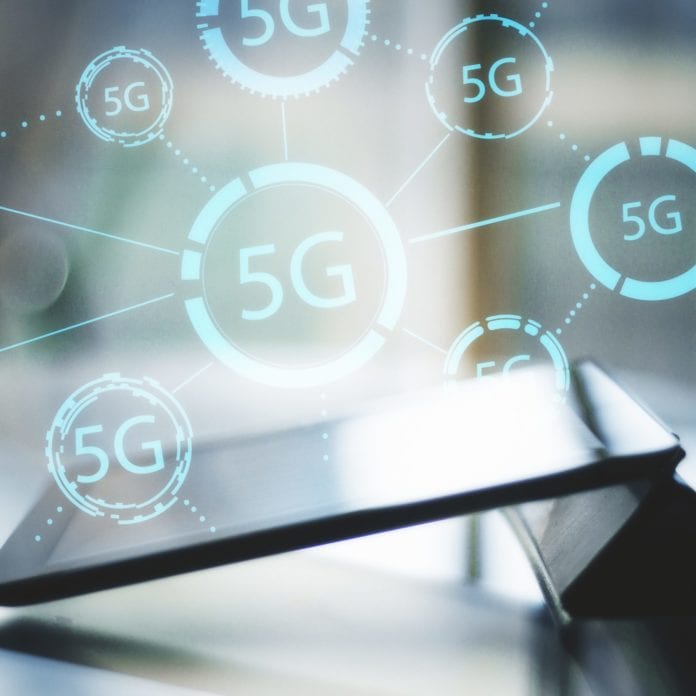AG Barr calls open RAN “pie in the sky,” suggests coordinated investment to counter Huawei
Two things are clear: The U.S. views Huawei’s 5G market share as a cybersecurity threat both domestically and internationally, particularly in nations that share intelligence with America. And national leaders want the U.S. to develop homegrown network infrastructure expertise. Beyond that, pressuring allies to cut Huawei out of 5G has yielded mixed results and, to the point around U.S.-led infrastructure investments, well, there are some strong ideas out there.
In recent comments, U.S. Attorney General William Barr called open RAN efforts “pie in the sky,” and called for U.S.-led investment in Nokia and Ericsson, Finnish and Swedish network infrastructure vendors that are Huawei’s biggest rivals. “Putting our large market and financial muscle behind one or both of these firms would make it a far more formidable competitor and eliminate concerns over its staying power or their staying power. We and our closest allies certainly need to be actively considering this approach.”
Analyst Jim Patterson, calling Barr’s comments “tough talk,” posed a series of relevant questions touching on historical mergers and acquisitions that got us to today, investing in American telecom companies and the overall maturity of 5G.
A group of senators led by Democrat Sen. Mark Warner last month suggested the government invest north of $1 billion to support domestic companies working on open radio access network technologies, meant to shift network economics and foster vendor competition by swapping out proprietary stacks for a mix-and-match, software-forward approach. The funding, as considered, would give the FCC $750 million to allocate and also establish a $500 million “Multilateral Telecommunications Security Fund.”
But that path is not the one Barr sees as moving U.S. 5G efforts forward. From his comments, “Recently there has been some talk about trying to develop an open RAN approach, which aims to force open the RAN into its components and have those components be developed by U.S. or Western innovators. The problem is that this is pie in the sky. This approach is completely untested and would take many years to get off the ground, and it would not be ready for primetime for a decade, if ever. What we need today, as I said, was a product that can win contracts right now, a proven infrastructure, one that will blunt Huawei’s advance.”
As Jeffrey Lebowski put it, “That’s like your opinion, man.” Granted, open RAN-type implementations are to date limited to rural networks or parts of urban and suburban networks. Vodafone in November, following open RAN trials in Turkey and South Africa, announced it would put its entire European footprint and consider open RAN vendors like Parallel Wireless.
Parallel’s CEO Steve Papa, in a statement, gave his take on Huawei and the larger vendor ecosystem issues. “Huawei’s technology, whilst initially cheap, locks operators into lengthy and costly network upgrade cycles once installed.” He said open RAN equipment is “an alternative to the closed model of building networks, using the big manufacturers. The OpenRAN initiative allows operators to introduce more software and use a broader selection of best-in-class equipment to develop new 5G networks and manage legacy equipment, fostering greater openness and innovation in the industry.”
Mavenir is another open RAN provider based in the U.S. and has recently meet with officials in Washington D.C. as lawmakers consider steering funding to the likes of Mavenir, Parallel and others. Speaking to SDxCentral, Mavneir CEO Pardeep Kohli said, “We are starting to at least talk to some agencies to show them we are here.”
So should the U.S. government invest directly in 5G vendors either foreign or domestic? In an interview with CNBC, AT&T’s CEO Randall Stephenson said, “Governments taking positions in private companies to develop private solutions–I just don’t think it’s a good idea. I don’t think the track record of that is very good…Don’t use government mandates to win.”

